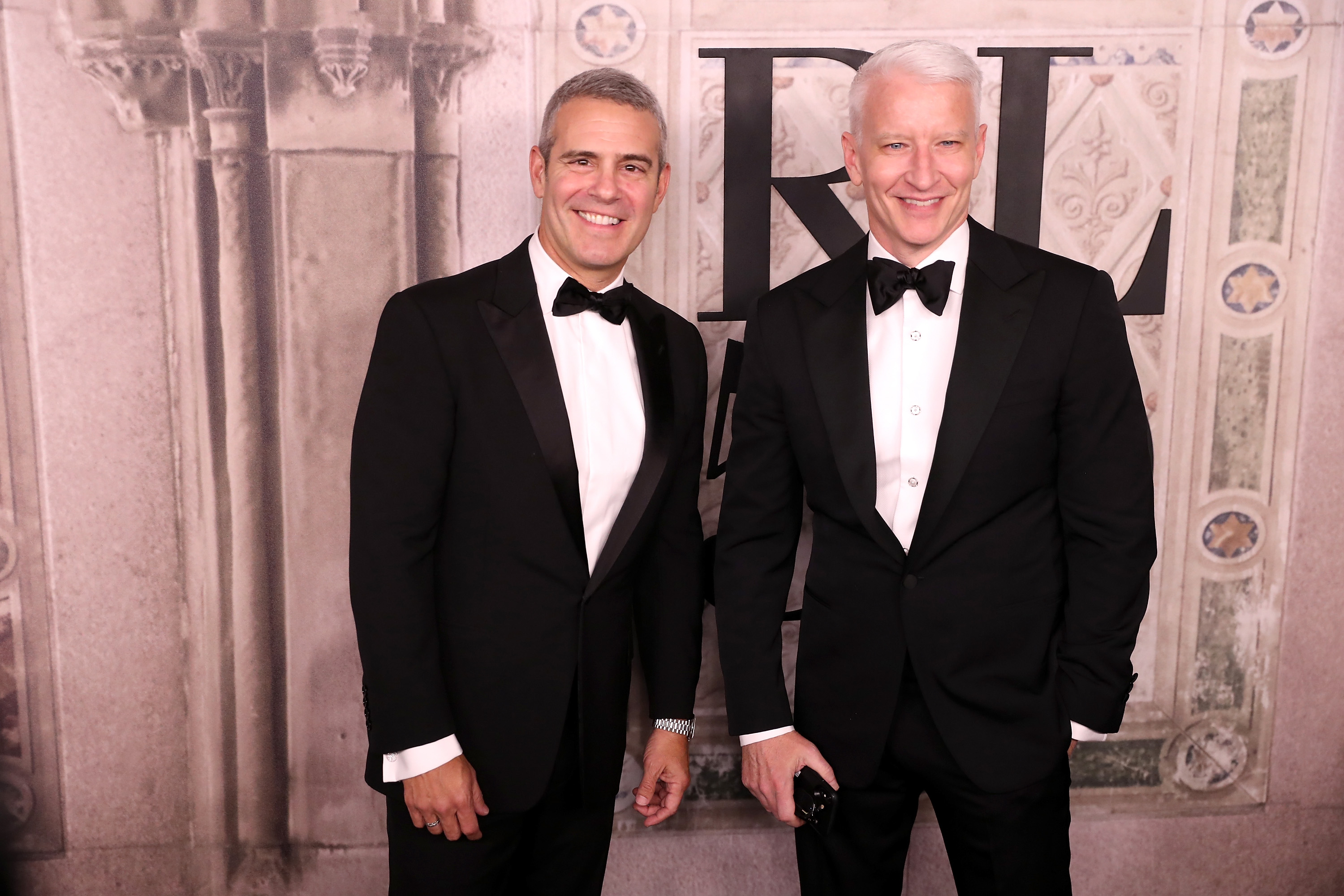Progress of the Ecological Transition in Fashion and Luxury Industry: A Slow but Steady Journey

The ecological transition in the realms of fashion and luxury is advancing, albeit at a slow progression. Sustainable development has, in recent times, taken central stage in the fashion and luxury sector in regards to investment, regulation, communication, supply chain, and production. However, the progress in this area is complex, as seen by the Venice Sustainable Fashion Forum, where issues such as delays in the transition implementation, disparities between North and South and environmental and social impacts, and contradictions between consumer behavior and consciousness were put under the microscope.
Last year the Venice summit was initiated in Italy, the top producer of luxury goods in Europe, the event held on the 26th-27th of October aimed at positioning itself as the new sustainable development standard. Coordinated by Sistema Moda Italia (SMI), The European House - Ambrosetti, and Confindustria Veneto Est, the summit's second edition was framed around the theme 'Boosting Transition'. Flavio Sciuccati, Ambrosetti's global fashion division director, emphasized the urgency for change within the sector.
To coincide with the event, a detailed study involving around 2,800 manufacturers in the supply chain and 100 foremost European fashion companies was conducted. The study divulged that in 2020, the EU's 27 members produced 6.9 million tons of finished textile products, which had a substantial environmental impact. The report also predicted a sharp predicted rise in the demand for textiles and accessories, which could potentially double by 2025.
Meanwhile, textile waste is on the rise; consumers in the European Union generate between 5.2 and 7.5 million tons of textile waste annually, translating to almost 26 billion clothing items with a projected growth of 20% by 2030. However, only three out of every 35 discarded clothing items are recycled each year, thus questioning the validity of brands and retailers' commitment towards a circular economy.
The social impact of the fashion sector also seems to be lagging behind, as evidenced by the persistent protests by textile workers in Bangladesh. The Ambrosetti report reveals that less than 2% of the global workers in the sector benefit from suitable pay and a proper employment contract.
The difference between Western companies' stated intention to function more ethically and responsibly and the actual situation on the ground, particularly in the South, was a major discussion point at the Venice Sustainable Fashion Forum. An interesting narrative shared by Matteo Ward, an expert in sustainable development and co-founder of eco-friendly brand Wråd, highlighted the dire situation of textile factories in the outskirts of Dhaka.
Despite the obvious difficulties, progress is being made within the industry, as shown by research. In just one year, the number of companies certified by the Carbon Disclosure Project (CDP) has doubled. As of 2022, 71 out of 100 companies have adopted ESG criteria, and interestingly, in 2023, 78% of companies with a turnover between €50 and €80 million faced pressure from banks about their sustainability performance.
Nevertheless, with the current challenges such as a falling purchasing power, surging energy and raw material costs, geopolitical instability, pandemics, among others, the ecological transition is undoubtedly slowing down. However, innovative collaborations within the fashion industry, such as Prada's 'Re-Nylon' project, offer a glimpse of hope for a more sustainable future.
There are also strategic options for companies to weather the transition, such as transferring costs to the market by elevating their prices, or by partially reducing their margins. Besides, there's a call for a new narrative that accentuates the value of sustainable products. According to Luca Solca, a financial analyst at Bernstein, companies that successfully integrate these values into their DNA tend to perform better.




